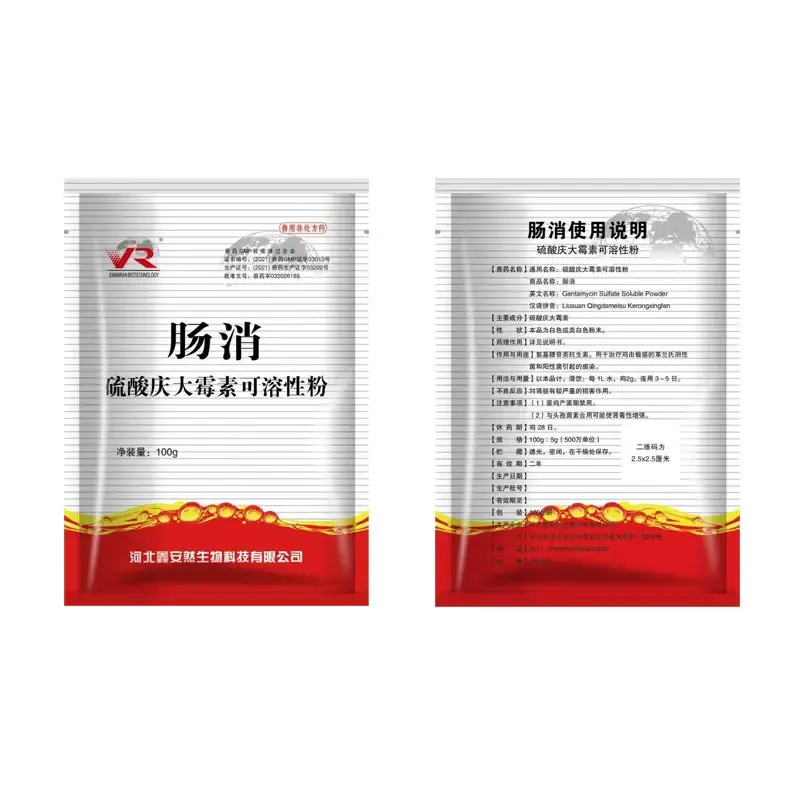- Afrikaans
- Albanian
- Amharic
- Arabic
- Armenian
- Azerbaijani
- Basque
- Belarusian
- Bengali
- Bosnian
- Bulgarian
- Catalan
- Cebuano
- Corsican
- Croatian
- Czech
- Danish
- Dutch
- English
- Esperanto
- Estonian
- Finnish
- French
- Frisian
- Galician
- Georgian
- German
- Greek
- Gujarati
- Haitian Creole
- hausa
- hawaiian
- Hebrew
- Hindi
- Miao
- Hungarian
- Icelandic
- igbo
- Indonesian
- irish
- Italian
- Japanese
- Javanese
- Kannada
- kazakh
- Khmer
- Rwandese
- Korean
- Kurdish
- Kyrgyz
- Lao
- Latin
- Latvian
- Lithuanian
- Luxembourgish
- Macedonian
- Malgashi
- Malay
- Malayalam
- Maltese
- Maori
- Marathi
- Mongolian
- Myanmar
- Nepali
- Norwegian
- Norwegian
- Occitan
- Pashto
- Persian
- Polish
- Portuguese
- Punjabi
- Romanian
- Russian
- Samoan
- Scottish Gaelic
- Serbian
- Sesotho
- Shona
- Sindhi
- Sinhala
- Slovak
- Slovenian
- Somali
- Spanish
- Sundanese
- Swahili
- Swedish
- Tagalog
- Tajik
- Tamil
- Tatar
- Telugu
- Thai
- Turkish
- Turkmen
- Ukrainian
- Urdu
- Uighur
- Uzbek
- Vietnamese
- Welsh
- Bantu
- Yiddish
- Yoruba
- Zulu
Dec . 24, 2024 02:17 Back to list
Terramycin Injection for Veterinary Use in Animal Health Treatment
Terramycin Injection for Veterinary Use A Comprehensive Overview
Terramycin injection, a formulation of oxytetracycline, has emerged as an essential tool in veterinary medicine. This broad-spectrum antibiotic is commonly utilized for the treatment of infections caused by sensitive organisms. Its efficacy against various bacteria makes it a preferred choice for veterinarians treating both small and large animals.
Mechanism of Action
Oxytetracycline, the active ingredient in Terramycin, works by inhibiting bacterial protein synthesis. It binds to the 30S ribosomal subunit, preventing the aminoacyl-tRNA from attaching to the mRNA-ribosome complex. This interaction effectively halts the production of essential proteins, disrupting bacterial growth and replication. Terramycin is effective against a wide range of gram-positive and gram-negative bacteria, making it versatile in treating infections.
Indications and Uses
Terramycin injection is indicated for various bacterial infections in animals, including respiratory, urinary tract, and gastrointestinal infections. It is often used for treating infections in livestock such as cattle, swine, and sheep, as well as in companion animals like dogs and cats. Conditions such as pneumonia, metritis, and soft tissue infections are among the common ailments addressed with Terramycin.
In addition to treating infections, Terramycin is sometimes employed for prophylactic purposes in situations where the risk of infection is heightened. For example, during stressful conditions such as transportation or after surgical procedures, veterinarians may administer Terramycin to prevent infections that could complicate recovery.
Terramycin Injection for Veterinary Use A Comprehensive Overview
The administration of Terramycin injection can vary depending on the type of animal, the severity of the infection, and the veterinarian’s assessment. Typically, it can be administered intramuscularly or intravenously, depending on the urgency of the treatment. Dosage is often determined based on the animal's weight and the specific condition being treated.
terramycin inj vet

Veterinarians must carefully follow the recommended dosage guidelines to avoid potential side effects and ensure the efficacy of the treatment. Overdosage could lead to adverse reactions, including kidney damage and gastrointestinal disturbances. Therefore, proper dosing and a thorough evaluation of the animal’s health are crucial.
Safety and Side Effects
While Terramycin is generally safe for use in animals, it is essential for veterinarians to consider potential side effects. Common side effects may include local irritation at the injection site, gastrointestinal upset, and, in rare cases, allergic reactions. Animals with pre-existing conditions affecting liver and kidney function should be treated with caution, as oxytetracycline can exacerbate these conditions.
Moreover, the use of antibiotics has raised concerns about antibiotic resistance. To mitigate this risk, veterinarians must emphasize the importance of appropriate use, ensuring that antibiotics like Terramycin are prescribed only when necessary. This prudent approach not only protects animal health but also contributes to the broader public health goal of minimizing resistance development.
Regulatory Considerations
Terramycin injection is classified as a prescription medication in many countries, meaning it can only be administered under the guidance of a licensed veterinarian. This regulation helps ensure that the drug is used appropriately and effectively while monitoring for any potential issues that may arise during treatment.
In the United States, the FDA has established guidelines for the use of oxytetracycline in food-producing animals, ensuring that withdrawal times before slaughter are observed to prevent antibiotic residues in meat and other animal products. Such measures are critical in maintaining food safety and public trust in the food supply.
Conclusion
In summary, Terramycin injection is an invaluable resource in veterinary medicine, offering effective treatment against a myriad of bacterial infections in animals. Its broad-spectrum action, coupled with a well-understood mechanism of action, makes it a go-to option for many veterinarians. However, responsible use is essential to prevent complications and antibiotic resistance. By adhering to established guidelines and ensuring proper administration, veterinarians can harness the benefits of Terramycin while safeguarding both animal and public health. The continued education of both vets and pet owners regarding the responsible use of antibiotics will play a crucial role in ensuring the future efficacy of these vital medications in veterinary practice.
-
Guide to Oxytetracycline Injection
NewsMar.27,2025
-
Guide to Colistin Sulphate
NewsMar.27,2025
-
Gentamicin Sulfate: Uses, Price, And Key Information
NewsMar.27,2025
-
Enrofloxacin Injection: Uses, Price, And Supplier Information
NewsMar.27,2025
-
Dexamethasone Sodium Phosphate Injection: Uses, Price, And Key Information
NewsMar.27,2025
-
Albendazole Tablet: Uses, Dosage, Cost, And Key Information
NewsMar.27,2025













